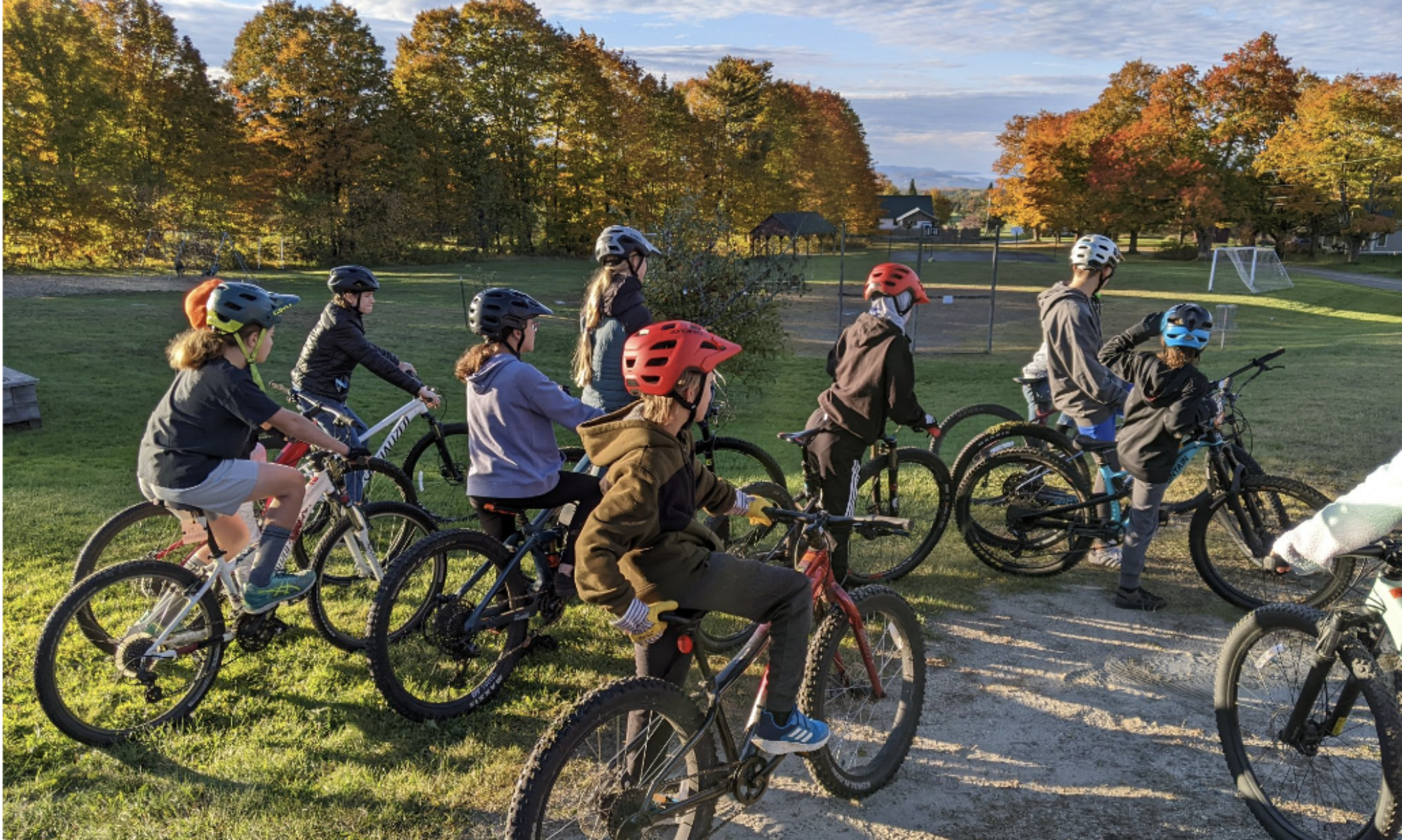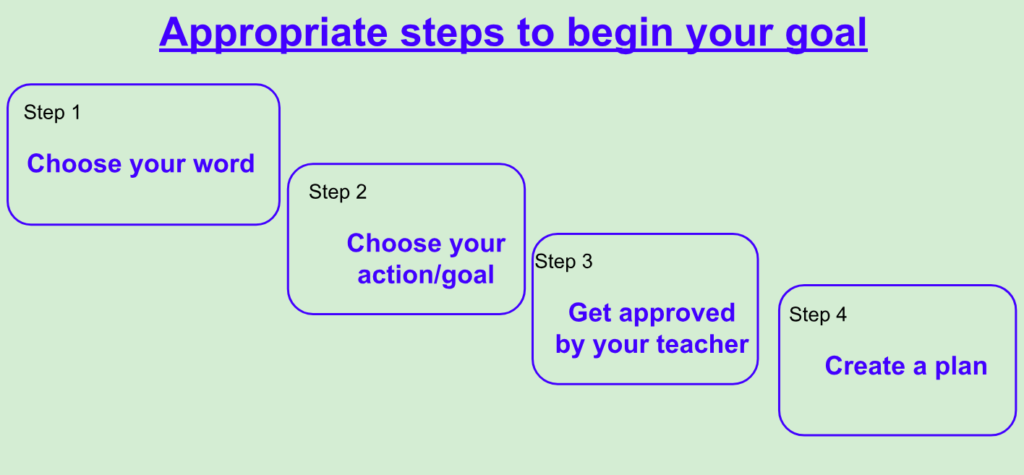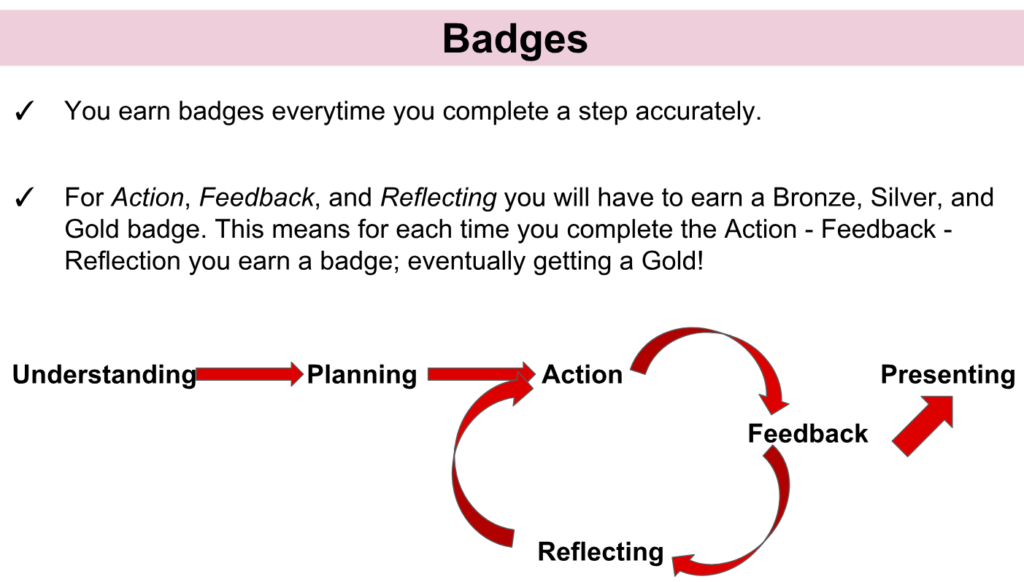Badging growth toward goals’ attainment
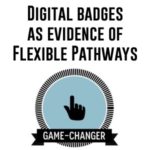 A small group of these 6th grades at Peoples Academy wondered how they could help their peers be more engaged in the school’s Opportunity Time, time devoted to goal-setting and exploring student interests, so they took on the challenge of designing a digital badging system to incentive their peers.
A small group of these 6th grades at Peoples Academy wondered how they could help their peers be more engaged in the school’s Opportunity Time, time devoted to goal-setting and exploring student interests, so they took on the challenge of designing a digital badging system to incentive their peers.
“What makes you interesting?”
Students at Peoples Academy Middle School worked hard to answer this question. These 6th graders explored what makes them interesting as a step toward goal-setting. They took the Johari Window Test to establish the “word” they would aim to call their own.
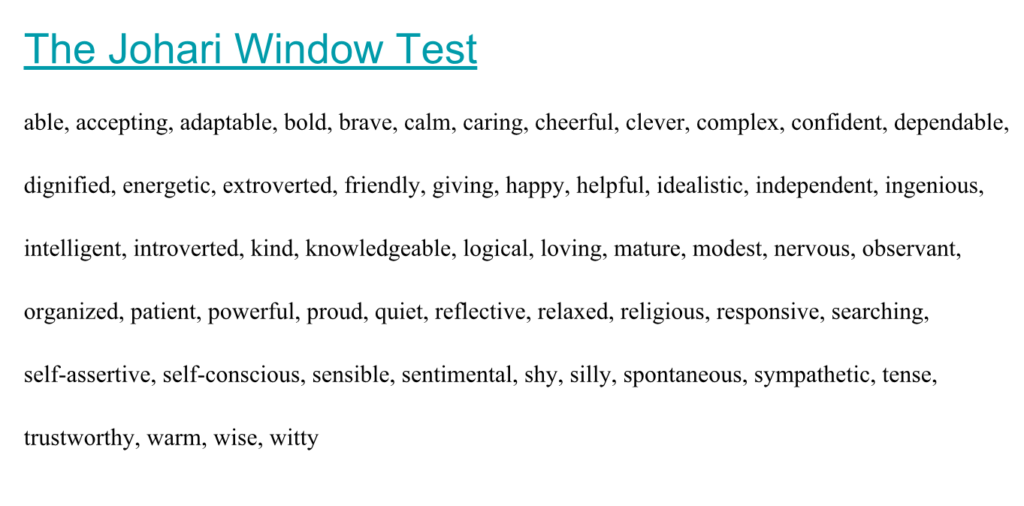
After taking the test, students chose a word from their list that they didn’t see in themselves; that others didn’t see in them; or that no one saw in them and developed a goal.
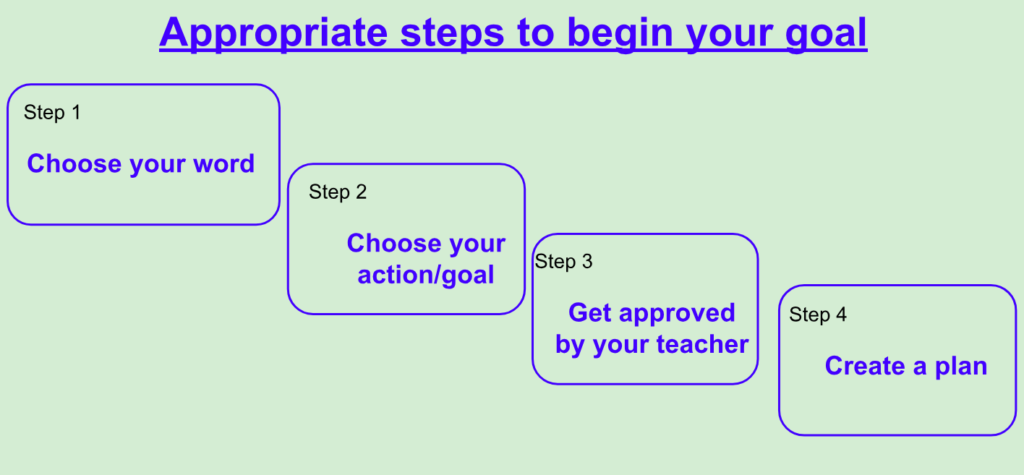
Then, a small design group collaborated to build a badging system to:
- help all students understand the process of demonstrating evidence of ‘becoming’ the chosen word;
- and as a means of sharing that growth with others.

To learn more about PAML’s Opportunity Time focus on developing Personal Interest Goals in this way, take a look at this slideshow which describes the steps in the process and is used in all classrooms for consistency.
Why badges might be a path forward for you and your students.
Stephanie West-Puckett in her work using digital badges to make classroom writing assessment more visible, equitable, and portable suggests:
“…visual images communicate with an immediacy, making initiatives like digital badging potentially attractive to those who wish to open assessment practices and make learners key stakeholders in assessment conversations.”
Learn more about how badges become a way for students to document the skills they learn doing non-traditional activities taking place outside a classroom, or out in the community.
How do you invite students into conversations about their goals, growth and evidence curation?
